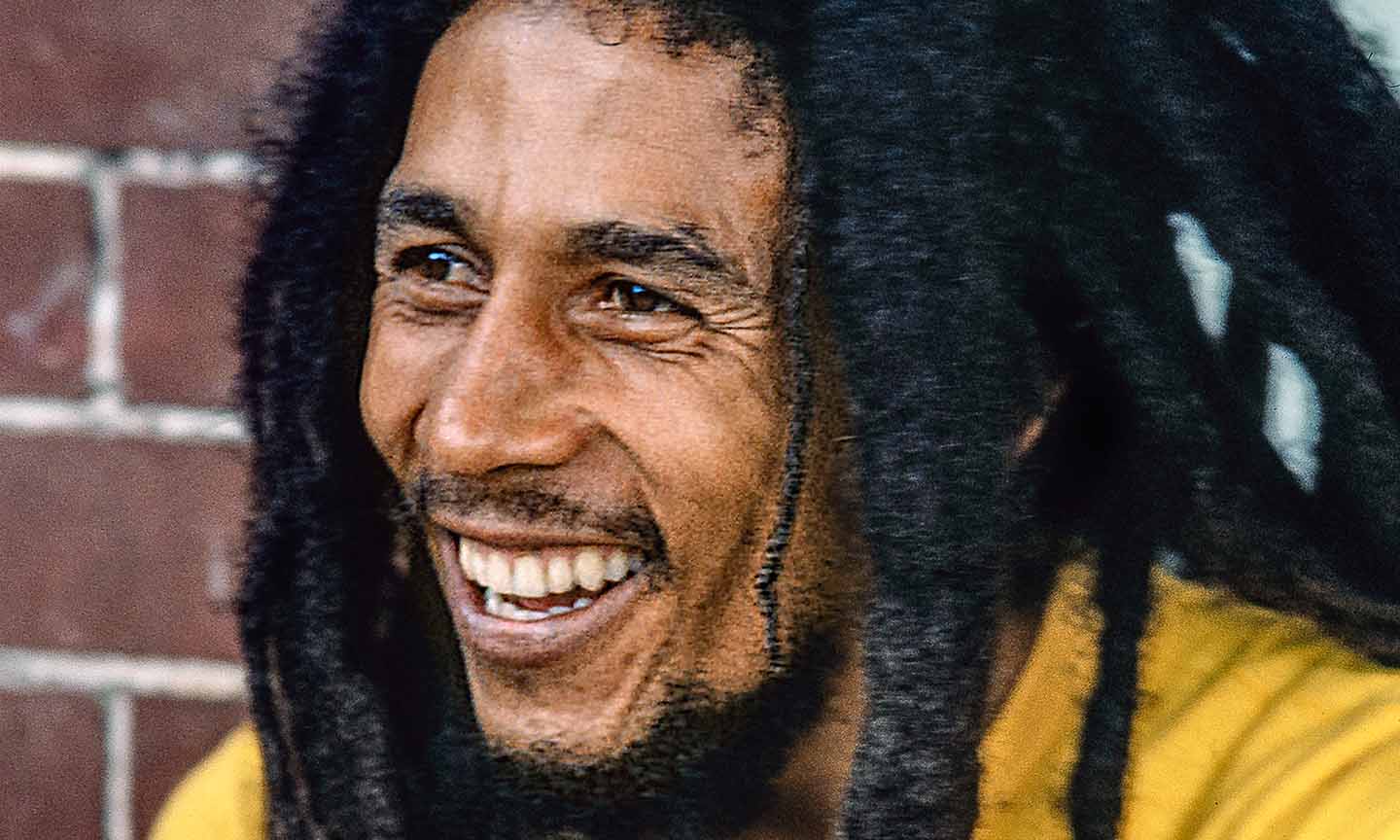Bob Marley’s life may have been tragically cut short at 36, but few individuals can claim as an enduring legacy as the reggae star turned international icon. Marley's image has become a totemic symbol for peace, unity and reggae, his songs have been a mainstay of popular music since the 1970s and, even now, Marley has the second-highest social media following of any posthumous celebrity. This year, the Marley family and Island records are rolling out a year-long commemorative celebration in honour of what would have been his 75th birthday, as well as the 40th anniversary of “Redemption Song”, which will see festivities take place across the globe, from a just-released official music video for the track, which highlights Marley's contribution to the empowerment of black civilisation, to recordings, exhibitions and unreleased material from the family's private vaults. In honour of this landmark moment, we've taken a deep-dive into Marley's past to separate truth from myth and bring you the definitive facts about the Jamaican legend.
Music News
Fifteen Facts About Bob Marley His Fans Should Know
- Details
- Written by: gq-magazine
- Category: Music News
- Hits: 2264

NOW PLAYING
RECENTLY PLAYED
Copyright © 2008 - 2023 Reggae141. All Rights Reserved.


